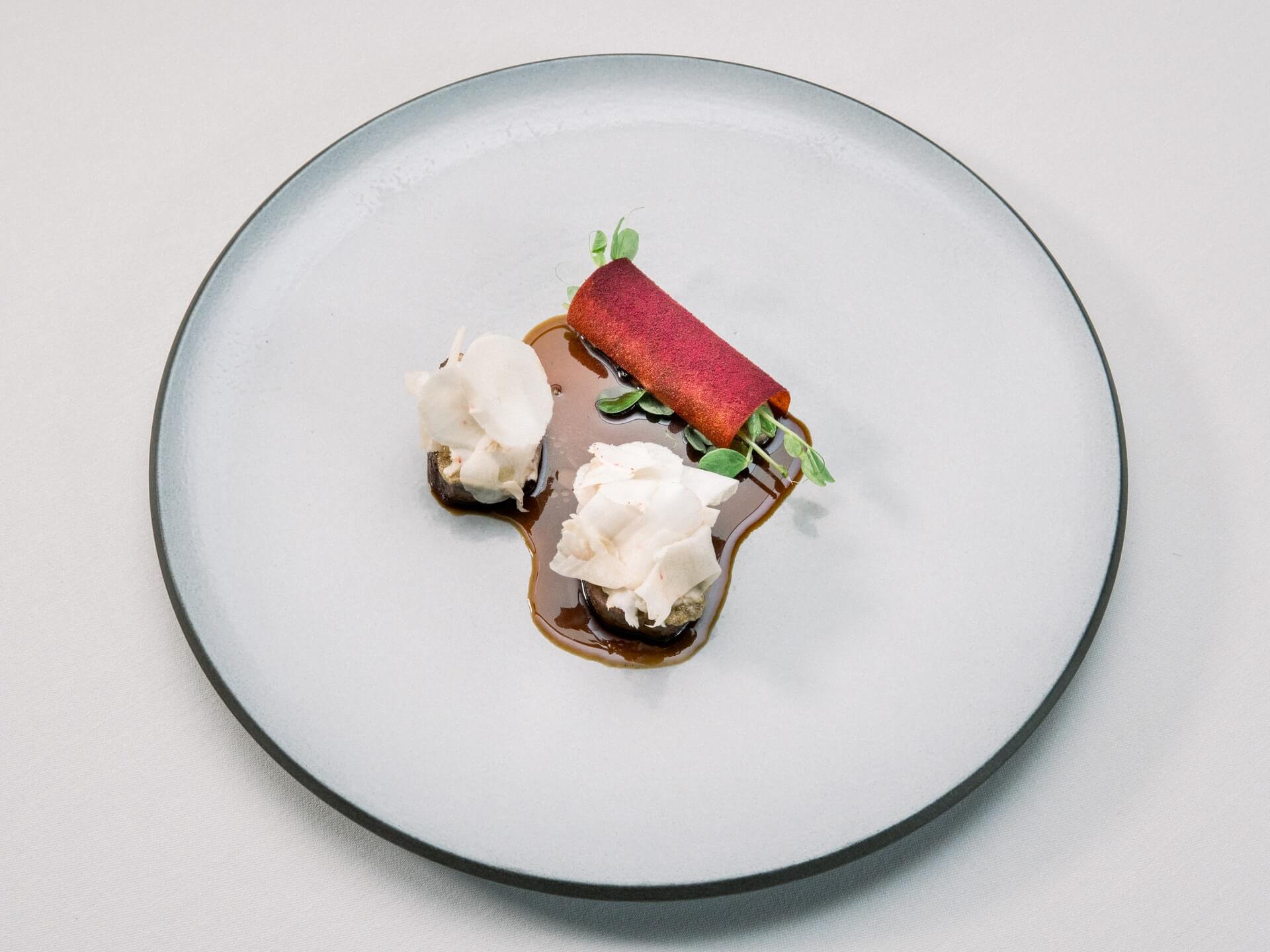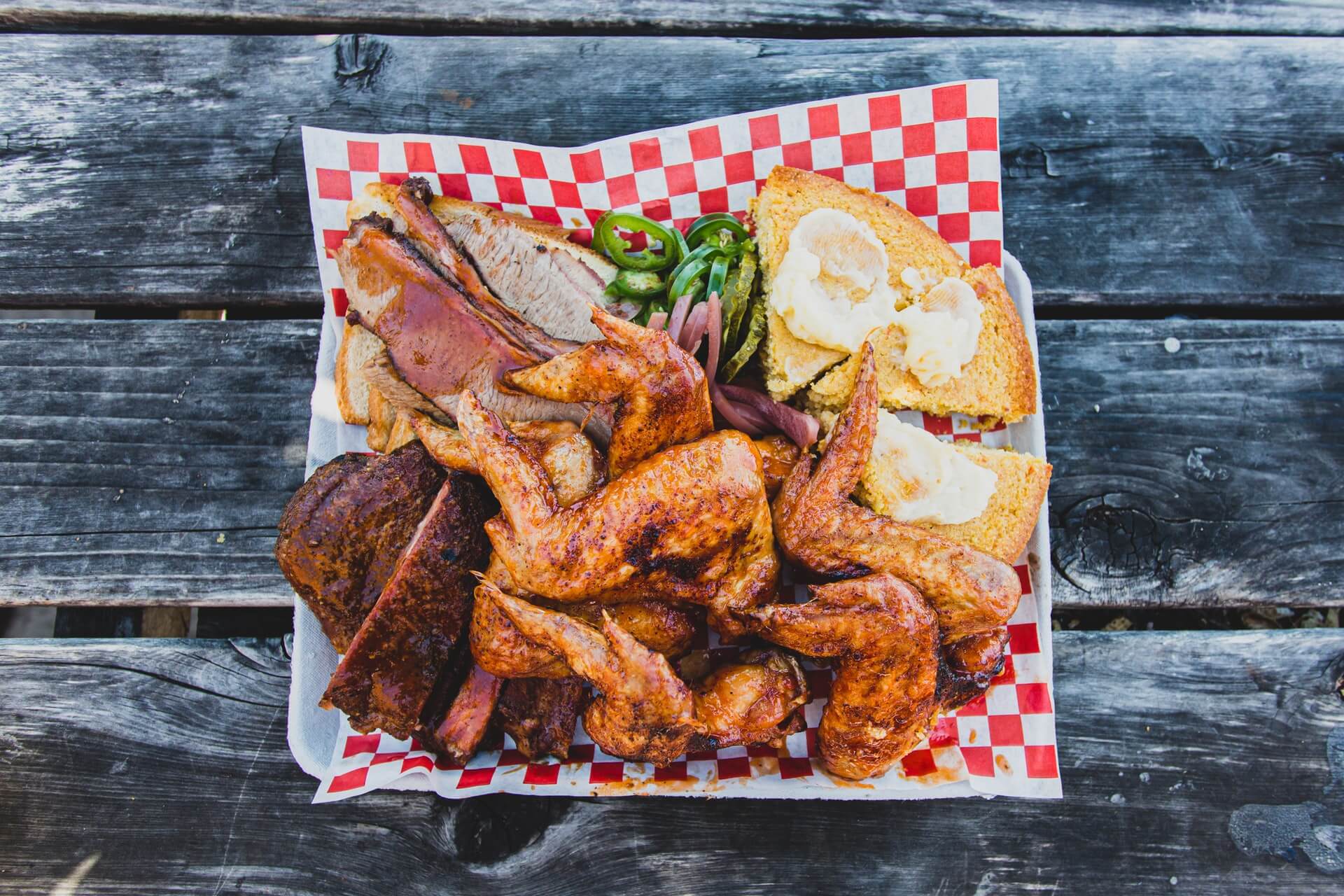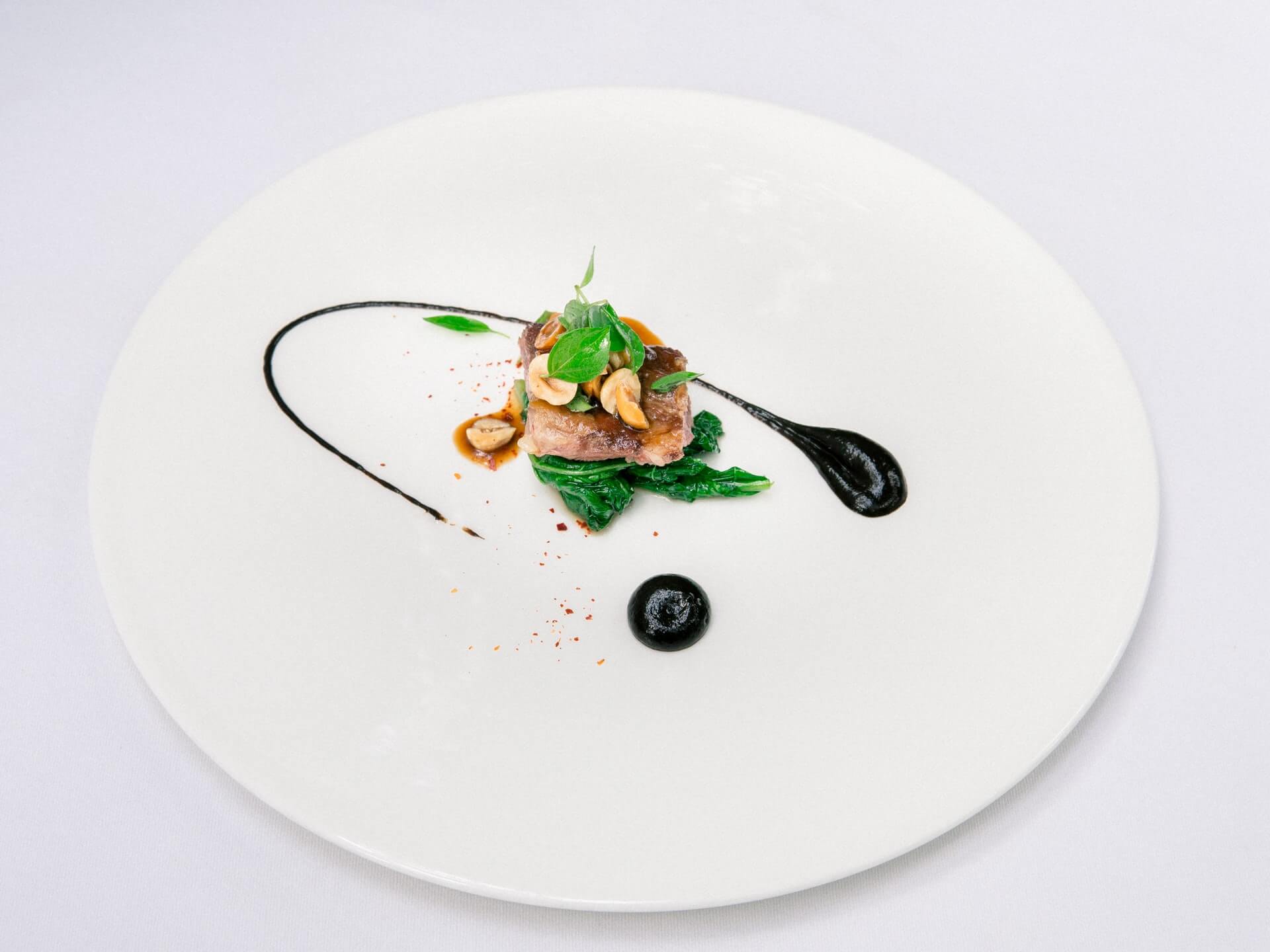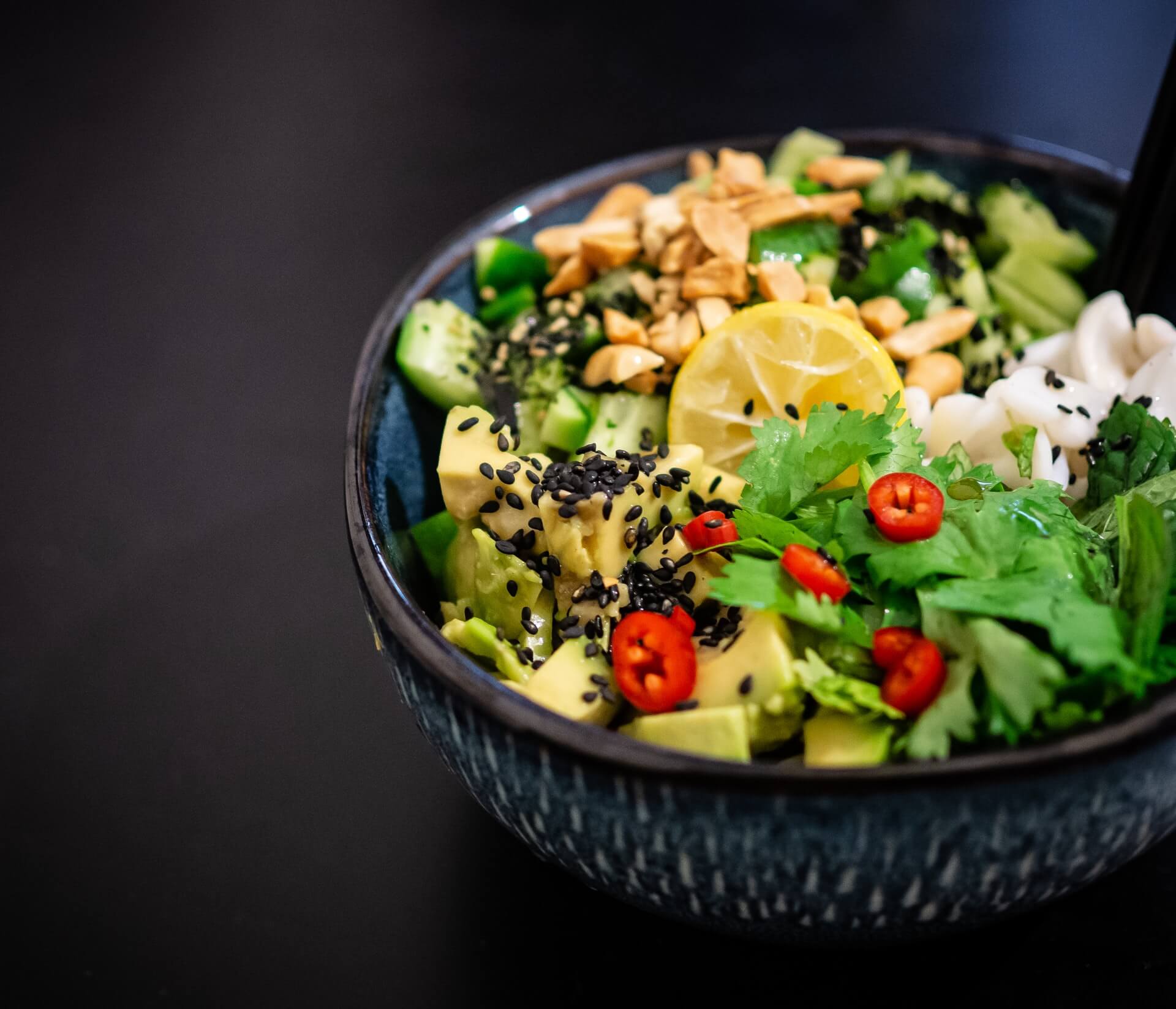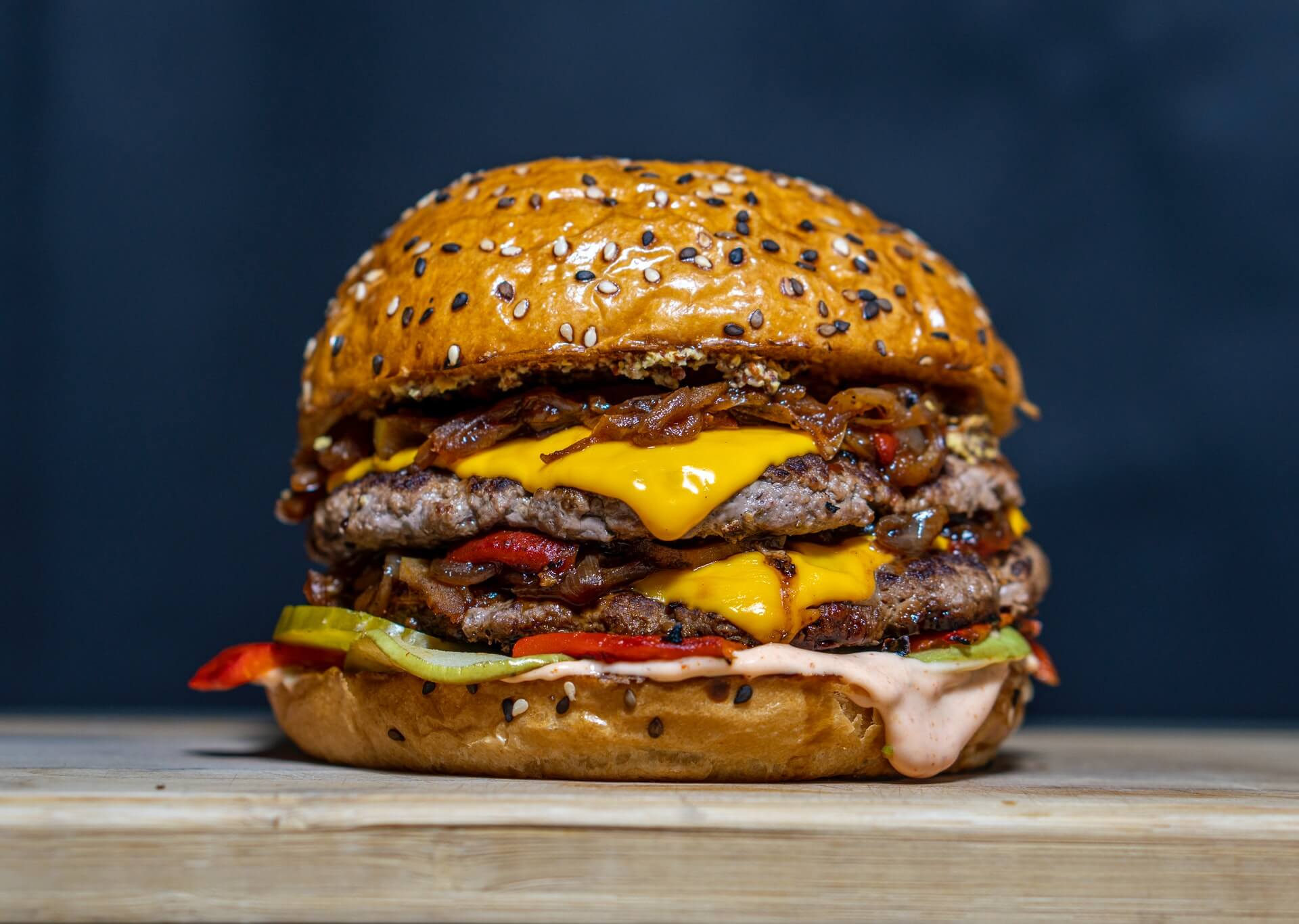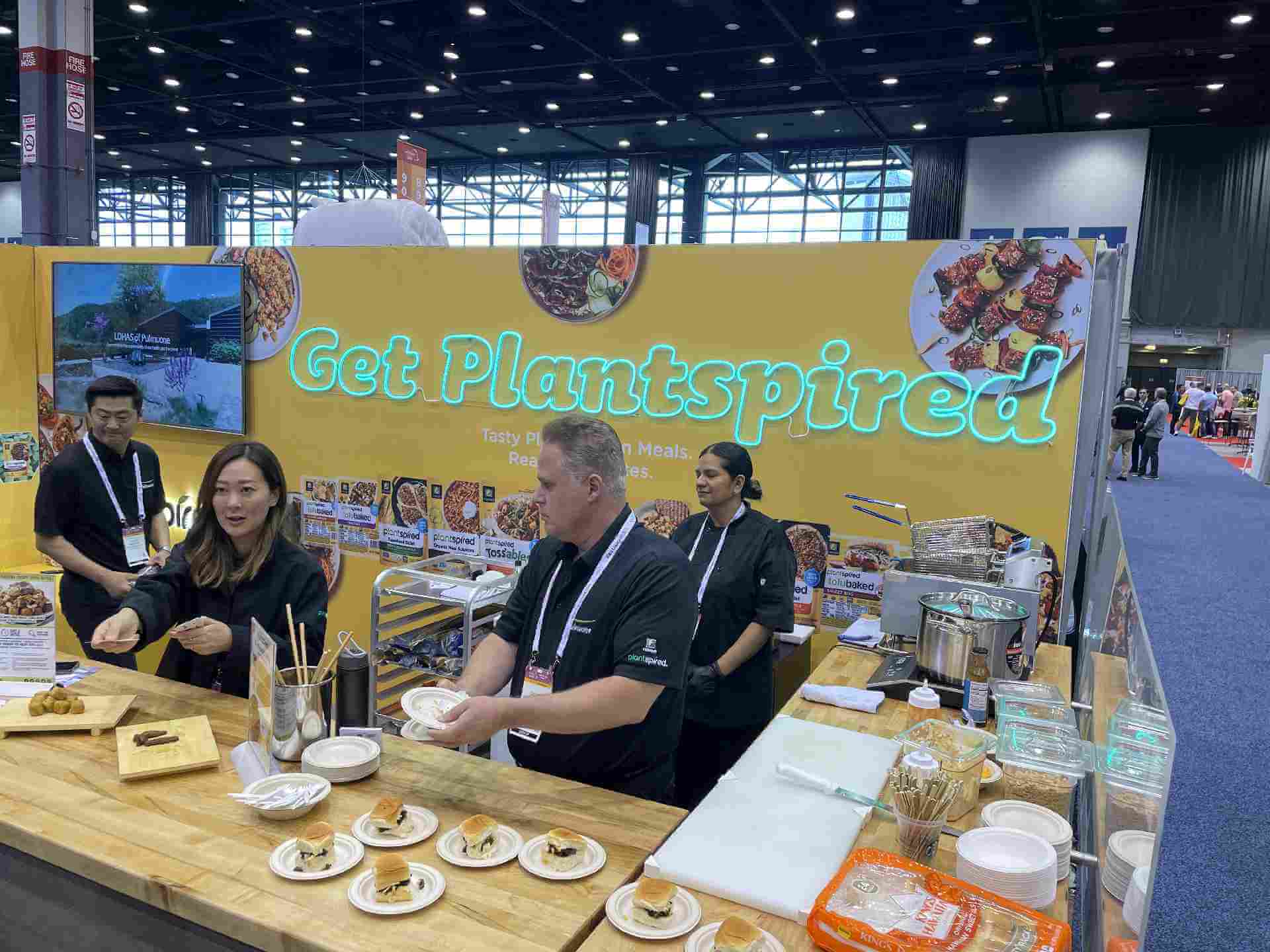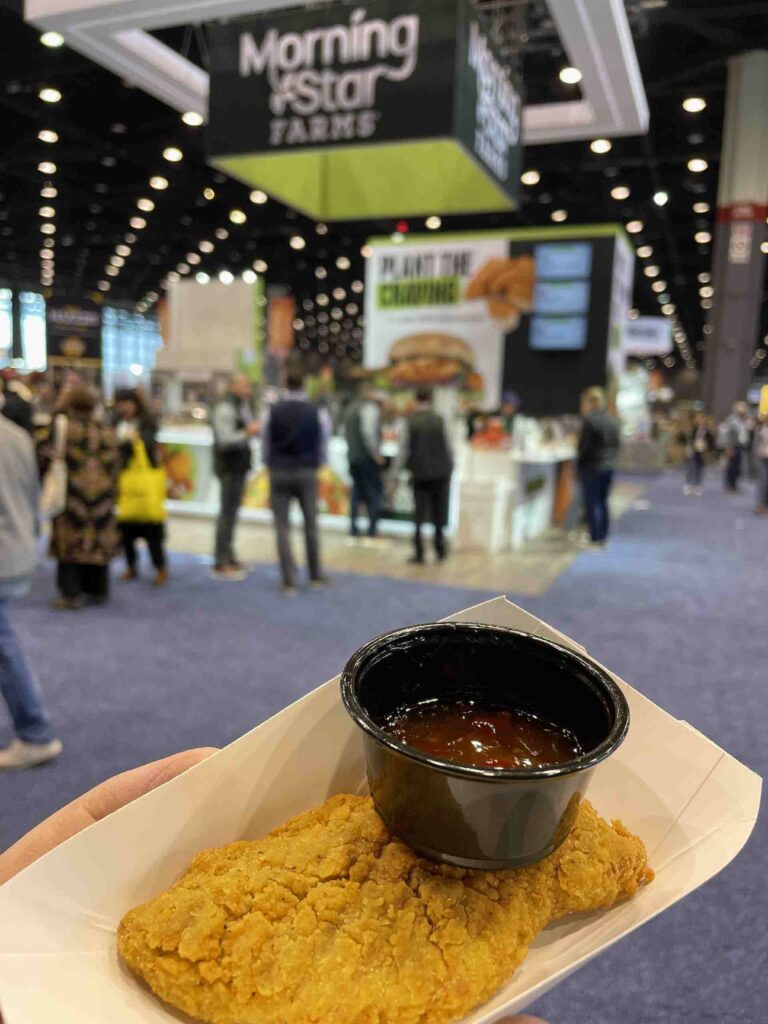Cheese Pairings: Wine, Beer, Spirits
by David Klemt
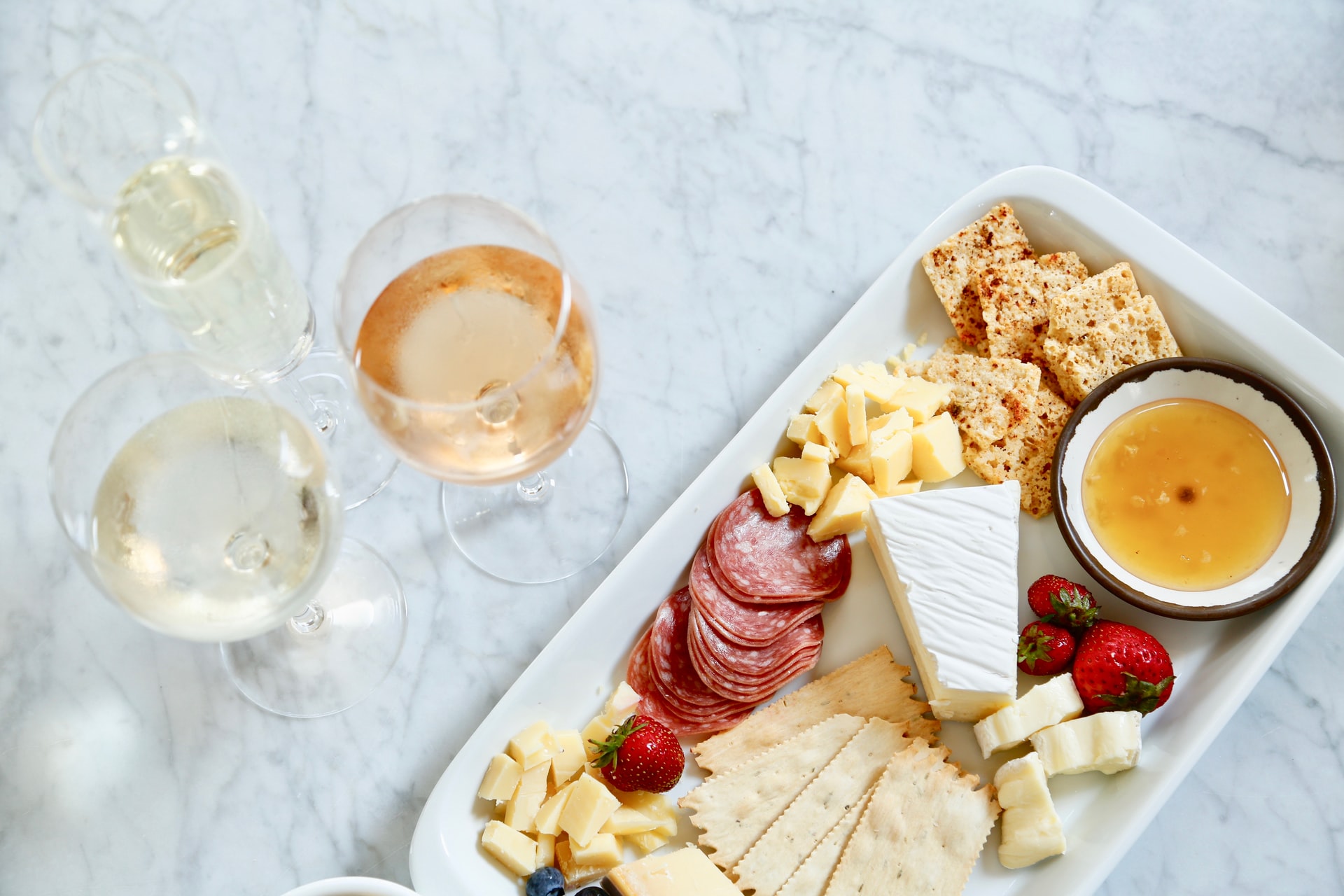
National Wine and Cheese Day is Monday, July 25, so let’s take a look at pairings that will get mouths watering.
According to historians, people have been pairing wine with cheese for several centuries. And per scientists, this legendary pairing makes a lot of sense.
Cheese is, obviously, fatty. Further, fat is oily. Then we have alcohol, which is astringement. When we eat cheese or other fatty/oily foods, they coat the mouth. As we also know, alcohol tends to dry out our mouths.
So, the theory as to why pairing cheese with wine works comes down to balance. Of course, there’s a term for this balance you likely know: mouthfeel.
However, science has an additional theory about wine and cheese. For this theory, we look at the “flavor spectrum.” Flavors that are far apart from one another are often pleasant to us.
As an example, not many of us would appreciate a slice of cheddar cheese on top of a cheddar cheese-flavored cracker dipped in cheddar cheese sauce. That would be monotonous and boring.
Wine Pairings
- Chardonnay and Camembert
- Riesling and Raclette
- Gewürztraminer and Edam
- Pinot Grigio/Gris and Parmigiano Reggiano
- Chenin Blanc and Chèvre
- Sauvignon Blanc and Gouda
- Champagne and Brie
- Prosecco and Asiago
- Rosé and Havarti or Fontina
- Pinot Noir and Gruyère
- Merlot and Camembert or Gorgonzola
- Shiraz (Australian-style varietal) and sharp Cheddar or smoked Gouda
- Syrah (French-style varietal) and Pecorino or Roquefort
- Malbec and Manchego
- Sangiovese and Fontina or Parmigiano Reggiano
Beer Pairings
Perhaps your guests would prefer to celebrate National Wine and Cheese Day with a substitution. Like, for instance, swapping out wine for beer.
Well, it turns out cheese goes great with many styles of beer.
- American Pale Ale and American Cheddar
- Amber Ale and Gouda or Brie
- Witbier and goat cheese
- Hefeweisen and Feta
- American Lager and Mozzarella
- American Pilsner and Chèvre
- IPA and Parmigiano Reggiano or Blue Cheese
- Brown Ale and Gouda
- Porter and Muenster or Gruyère
- Stout and Blue Cheese
Spirits Pairings
Hey, beer isn’t the only beverage that we can swap with wine. Interestingly, several categories of spirit pair well with cheese.
As with wine and beer, it’s crucial to try pairings with specific spirits before offering them to guests.
- Vodka and Cheddar or Blue Cheese
- Gin: London Dry and Pecorino; Genever and Triple Cream Brie; Plymouth and Époisses de Bourgogne
- Brandy and Butterkäse
- Rum and Fontina
- Mezcal and aged Cheddar or Pecorino
- Tequila: Blanco and Brie or Feta; Reposado and Manchego; Añejo and Parmigiano Reggiano
- Bourbon and Parmigiano Reggiano
- Rye and Gouda
- Irish whiskey and Brie or Camembert
- Scotch: Light-bodied and Comté; Full-bodied and Stilton. For a deeper dive into pairing Scotch with cheese, click here.
Image: Allison Kettlety on Unsplash

